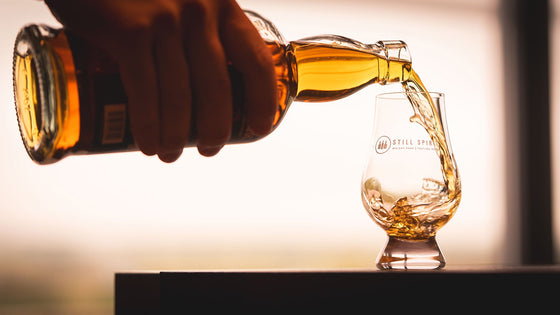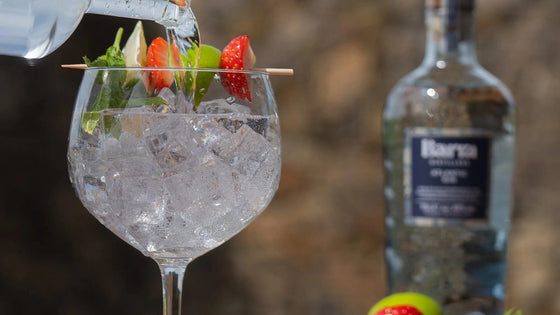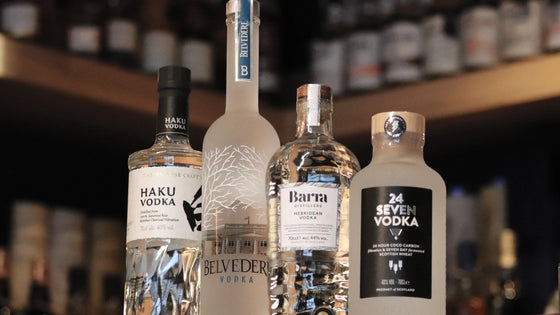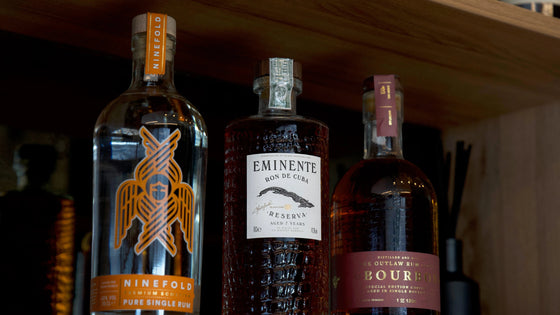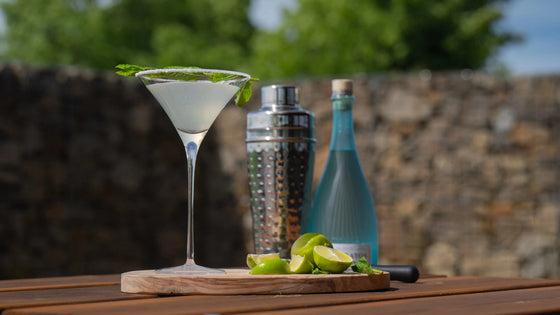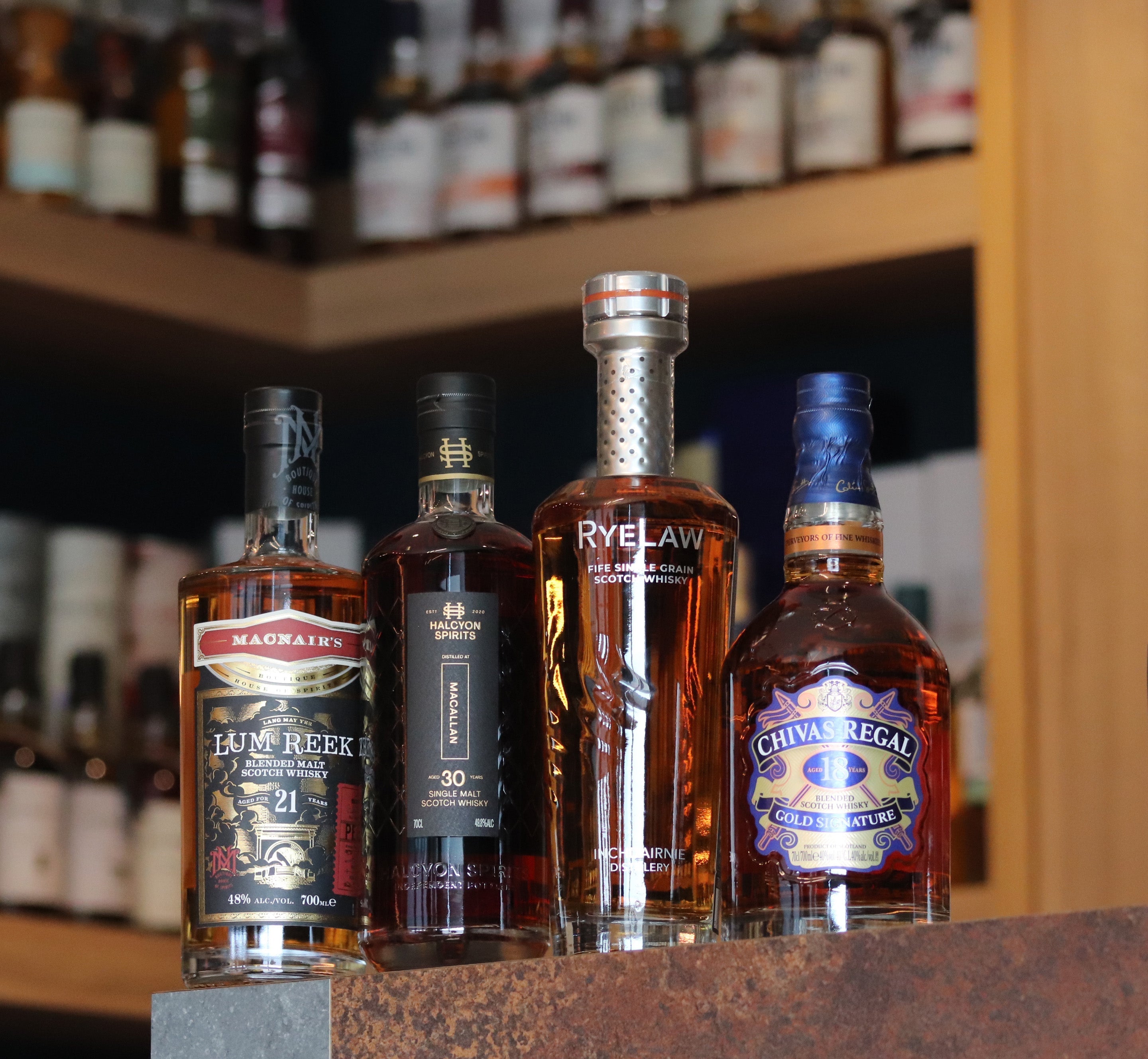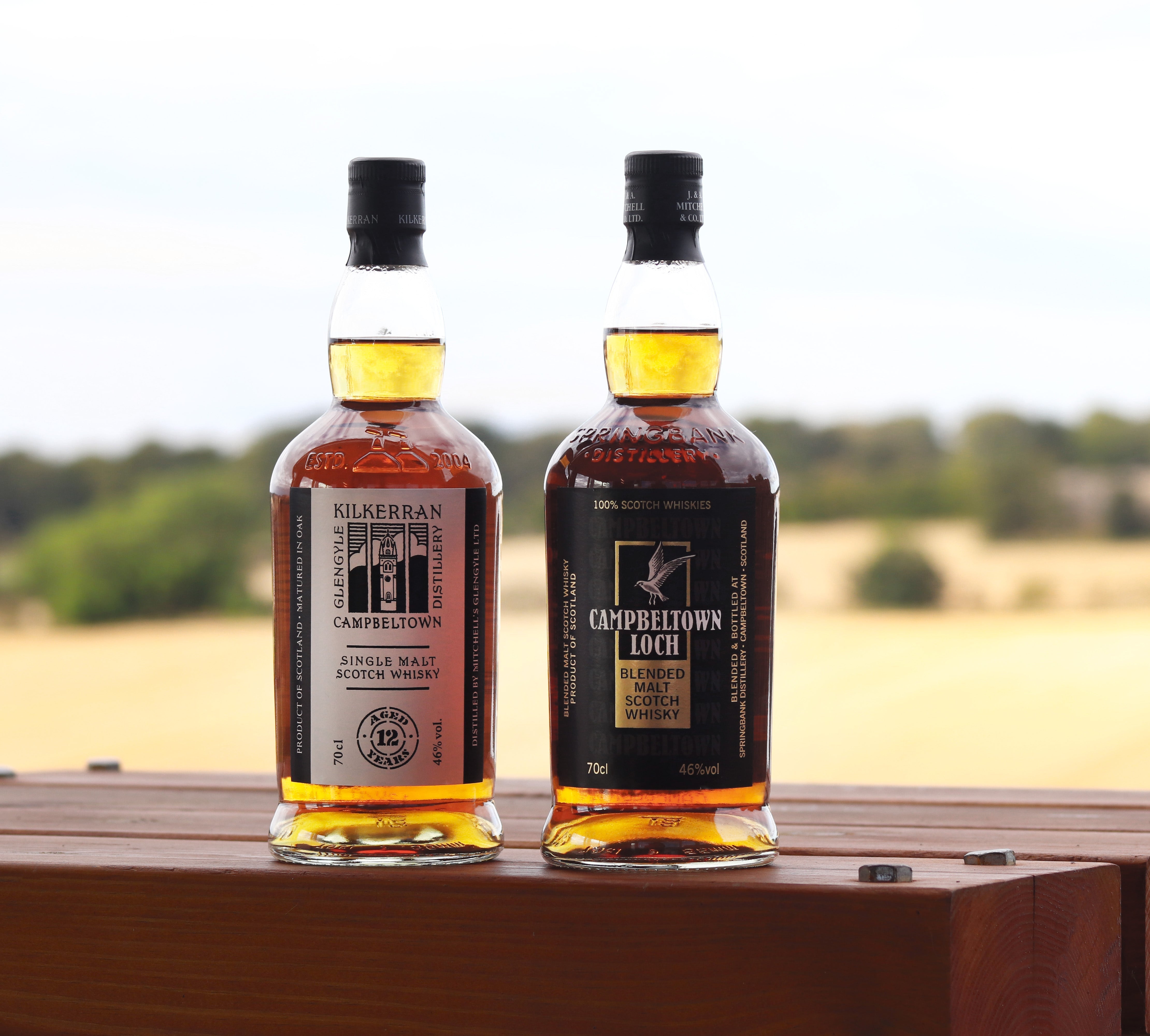How is Scotch malt whisky made?
Whisky making in Scotland is a tradition that stretches right back to the 12th century when travelling missionary monks first taught the art of distillation to regional barley farmers.
Today the basics of whisky production are pretty much unchanged, although they’ve been improved, refined and innovated over the centuries.
But how is Scotch malt whisky actually made?
In this article we will go right back to basics and walk through the production process of Scotch malt whisky from harvesting the barley, to malting, milling, mashing, and distillation, before the longest and final phase - maturation.
But first…
What is Scotch malt whisky?
Scotch malt whisky is a distilled spirit made from water, yeast and malted barley.
In fact, barley is where the production process first begins…
Barley
Barley used in Scotch malt whisky production is typically grown in the eastern regions of the UK where light rainfall, consistent sunlight and fertile earth provide the best conditions for high-yield barley.
Distillers generally require barley to have a low nitrogen content, which indicates low protein but high starch – perfect for malt whisky production. There are around ten strains of barley authorised for use in Scotch whisky making, but the most popular includes Optic, Belgravia and Concerto.
Malting
The barley is steeped in water for two to three days to activate the enzymes, which begin to convert the starch to sugar. It is then drained and laid out on a malting floor and turned daily to allow air flow.
Slowly, it will begin to sprout and germinate, and at this stage it is ready for kilning.
The barley is then heated and dried using a kiln, sometimes with peat bricks as a source of fuel. If peat is used, the resulting whisky will have a smoky flavour and character and is often referred to as peated whisky.
After kilning, the barley is now referred to as malt or malted barley.
Milling
When the malted barley arrives at a distillery, it is run through a mill where the husks of the barley are cracked open and ground into a kind of course flour called grist. Roughly every tonne of barley milled eventually produces around 400 litres of alcohol spirit.
Mashing

The freshly milled grist is then placed into a large aluminium container known as a mash tun, where it is mixed with hot water in three or four stages, with the temperature increased every time, to produce a sugar-rich liquid known as wort.
The wort remains in the mash tun for approximately 5-6 hours to ensure that all the sugar has been extracted. From here, it is cooled and pumped into a large vessel known as a washback ready for the next stage.

Fermentation
In the washback, yeast is added to the wort to kickstart fermentation.
Here the mixture froths and bubbles as the yeast feeds on the sugars to produce alcohol. This process takes around 60-80 hours on average, although many distilleries ferment for 120 hours or more. Often, the longer the fermentation, the fruitier the style of whisky produced.
Following fermentation, the now frothy beer-like liquid is known as wash and is ready for distillation in copper pot stills.

Distillation
Scotch whisky is usually twice distilled, first running through a wash still to separate the yeast, water and residue from the spirit, before a second distillation in a spirit still to reduce the liquid and increase the alcohol content.
The Wash Still
In the Wash Still, the mixture is heated, and the spirit vapours begin to rise and interact with the copper, eliminating impurities and unwanted flavour components.
As the mixture becomes hotter, the vapours rise higher until they reach the top of the still. There they are captured in the lyne arm before running into a condenser, where they are cooled and transformed back into liquid form. This liquid is known as low wine and is transferred to the spirit still.
The Spirit Still
Inside the spirit still, the low wine is heated again to increase the concentration of alcohol, enhancing the flavours. At this stage any remaining impurities are now also removed.
The run of the spirit still is cut into three portions:
- The first liquid that comes from the still is known as the head or foreshots, which contain all the unwanted flavour components.
- The next off of the still is known as the heart or middle cut which contains the ideal combination of flavour and alcohol strength (around 65-70% ABV). The heart runs into the spirit receiver and the resulting liquid is then referred to as new make spirit.
- The last of the spirit is known as the tails or feints. These are usually combined with the foreshots and mixed with the next batch of low wines to be redistilled.
Maturation
It’s here that the new make spirit begins the very longest part of its production process - maturation.
The spirit is poured into oak casks, most often ex-bourbon casks, before being transferred to a warehouse and left to quietly soak in all the colour, flavour and aroma from the wood.
Here it must remain for no less than 3 years and 1 day. It’s at this point, under strict specifications, that the new make spirit legally becomes whisky.
And there you have it! The full Scotch whisky-making process, barley to cask.
You can view our specially curated range of Single Malt Scotch whiskies in our Still Spirit Whisky Shop.
Slàinte mhath!

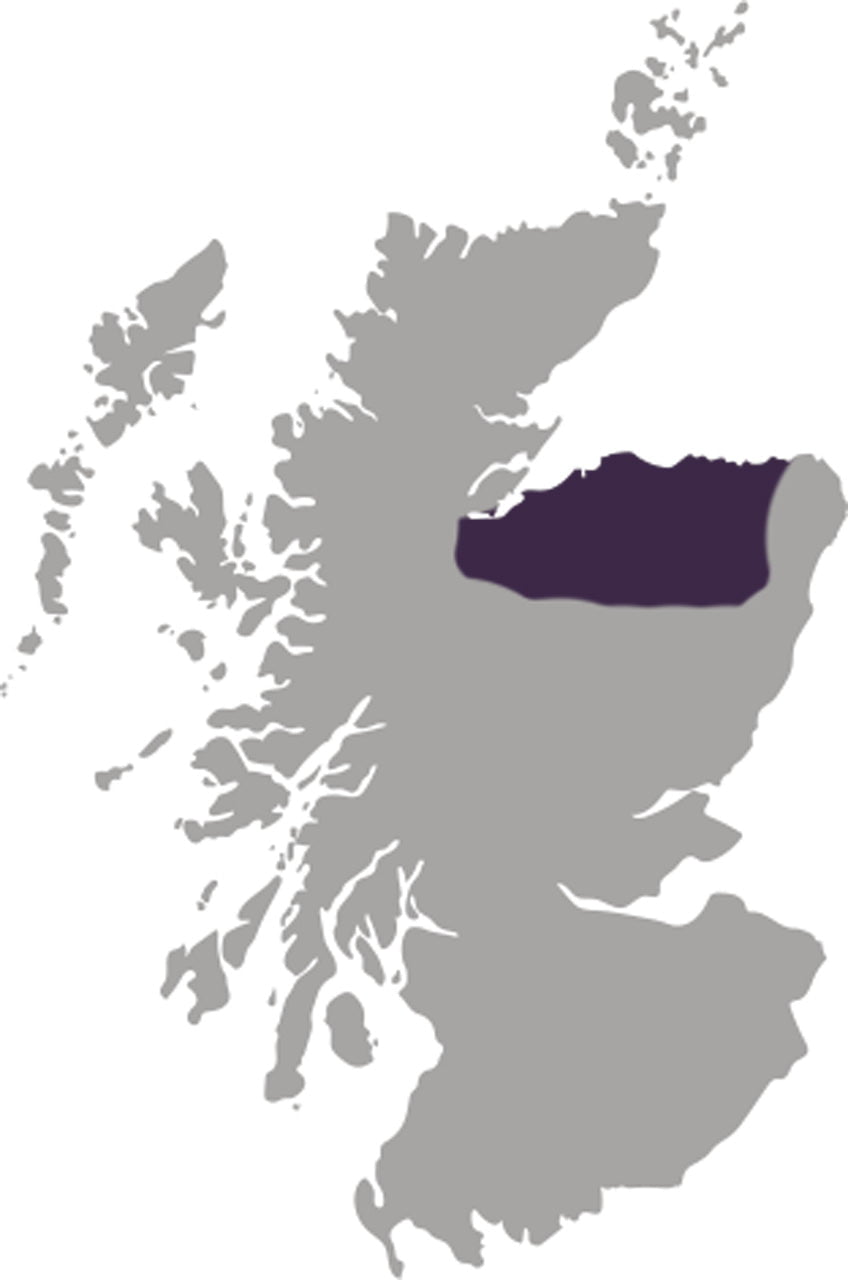
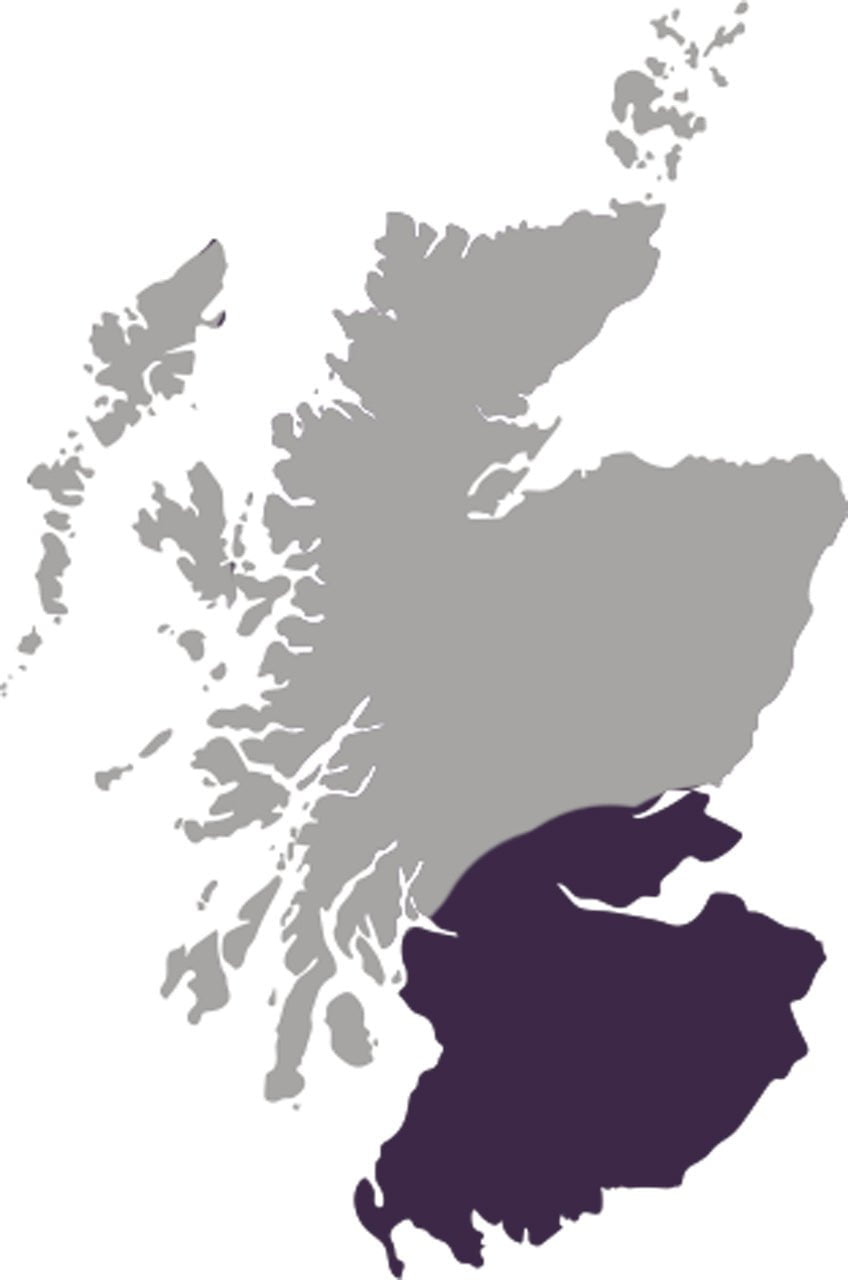

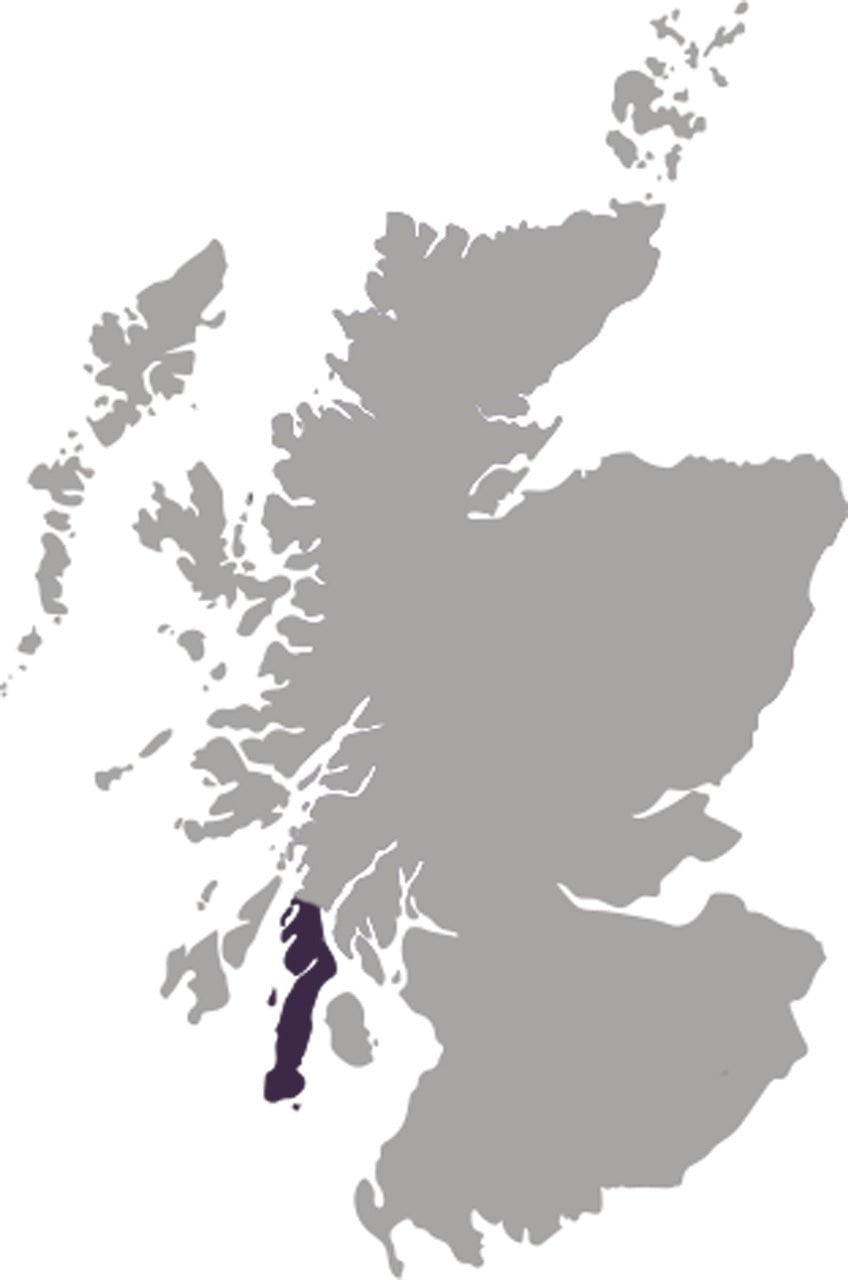

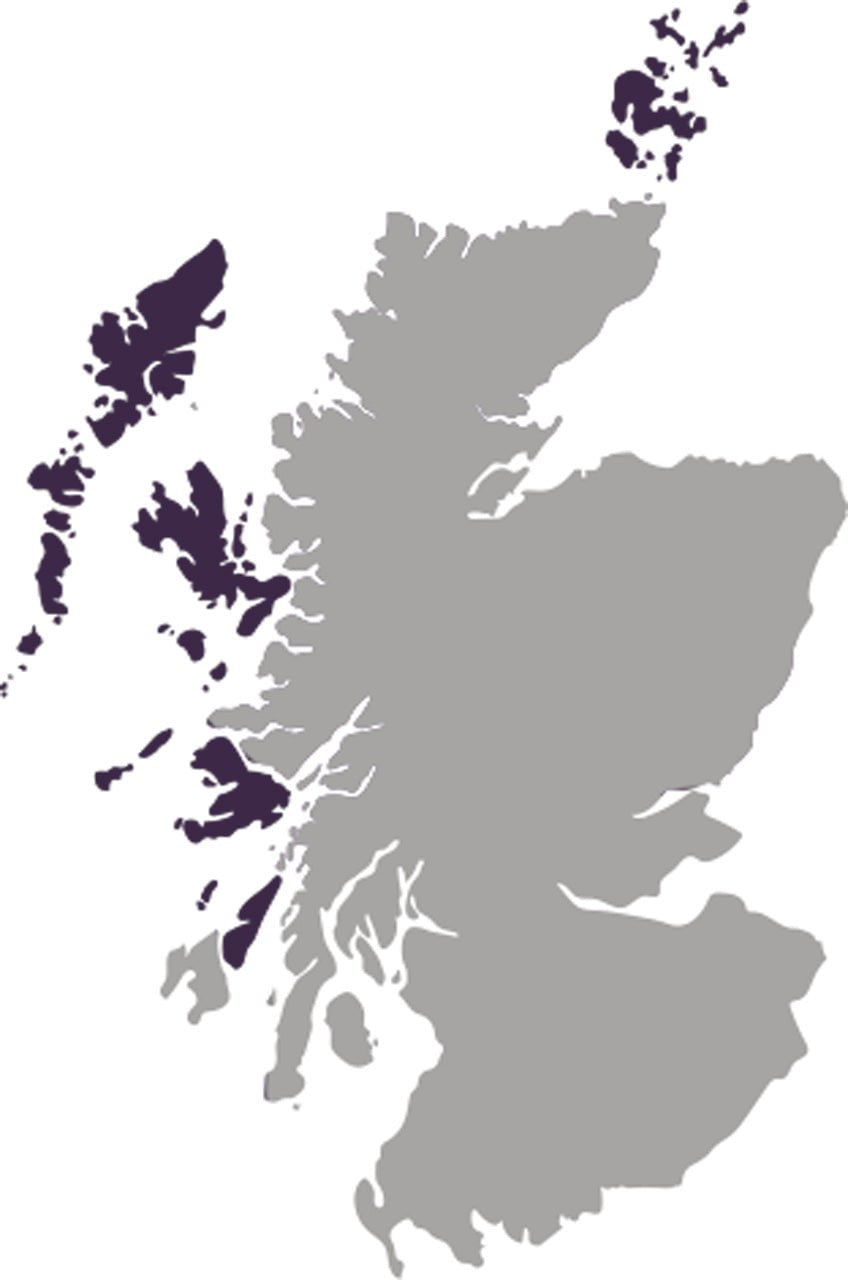


 The Best 18 Year Old Whiski...
The Best 18 Year Old Whiski...
 Whisky Storage Secrets You ...
Whisky Storage Secrets You ...
 You're Saying These Whisky ...
You're Saying These Whisky ...
